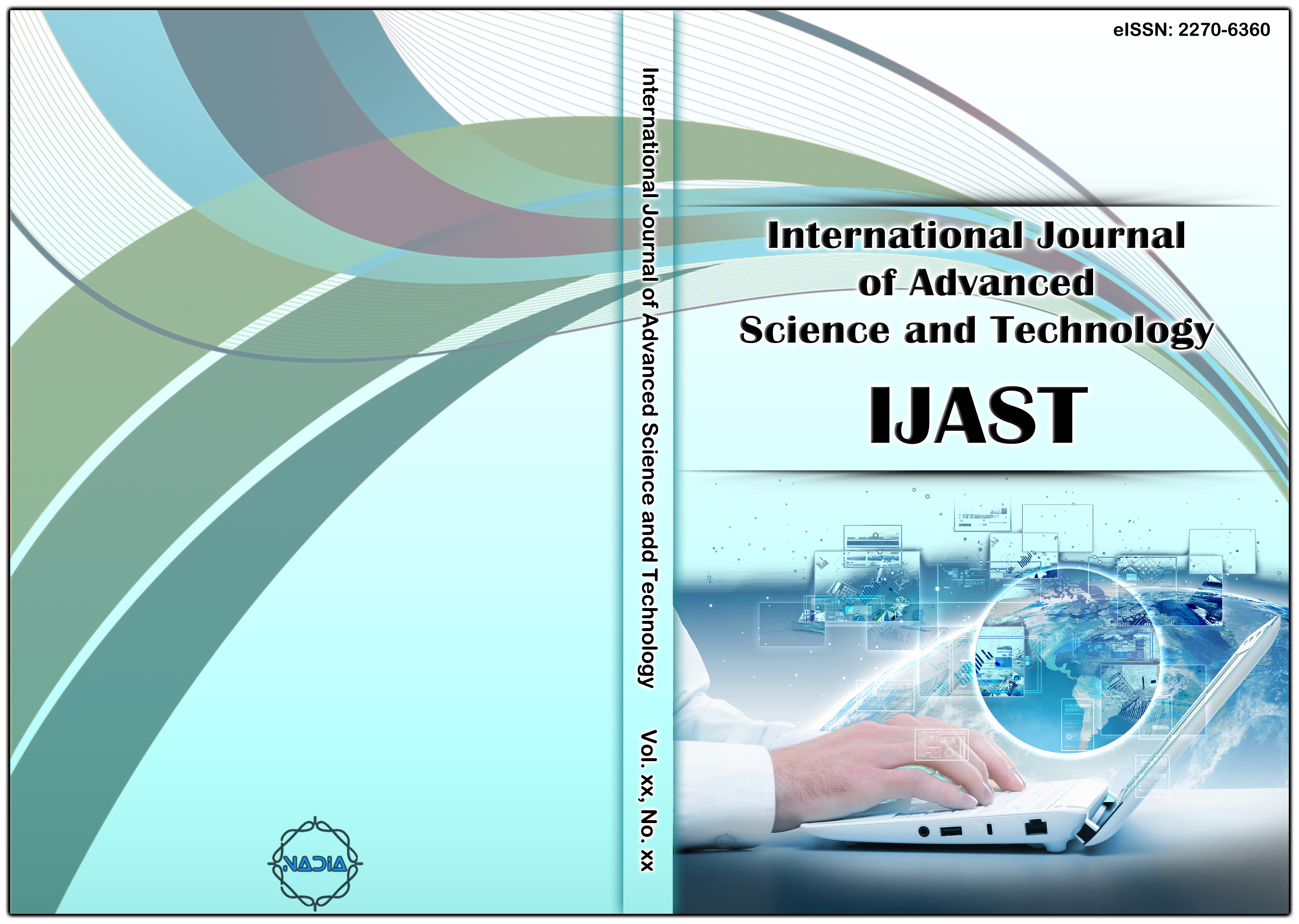[1] Pinar Ozturk, Huaye Li, and Yasuaki Sakamoto. “Combating Rumor Spread on Social Media: The Effectiveness of Refutation and Warning.” 48th Hawaii International Conference on System Sciences (HICSS), Kauai, HI, USA, 5-8 January 2015, pp. 2406-2414, IEEE. DOI: 10.1109/HICSS.2015.288.
[2] Jessica Li and H. Raghav Rao. “Twitter as a Rapid Response News Service: An Exploration in the Context of the 2008 China Earthquake.” The Electronic Journal of Information Systems in Developing Countries, Volume 42, Issue 1, pp. 1-22, December 2017. DOI: https://doi.org/10.1002/j.1681-4835.2010.tb00300.x.
[3] Rory O’ Connor. “Facebook and Twitter are Reshaping Journalism As We Know It.” https://www.alternet.org/2009/01/facebook_and_twitter_are_reshaping_journalism_as_we_know_it. (Accessed Dec 2018).
[4] Rosa Sicilia, Stella Lo Giudice, Yulong Pei, Mykola Pechenizkiy, and Penchenizkiy Soda. “Twitter Rumour Detection in the Health Domain.” Expert Systems with Applications, Volume 110, pp. 33-40, November 2018. DOI: https://doi.org/10.1016/j.eswa.2018.05.019.
[5] Helena Webb, Pete Burnap, Rob Procter, Omer Rana, Bernd Carsten Stahl, Matthew Williams, William Housley, Adam Edwards, and Marina Jirotka. “Digital Wildfires: Propagation, Verification, Regulation, and Responsible Innovation.” ACM Transactions on Information Systems (TOIS), Volume 34, Issue 3, Article no. 15, May 2016. DOI: http://dx.doi.org/10.1145/2893478.
[6] Rudra M. Tripathy, Amitabha Bagchi, and Sameep Mehta. “A Study of Rumor Control Strategies on Social Networks.” Proceedings of the 19th ACM International Conference on Information and Knowledge Management, Toronto, Canada, 26-30 October 2010, pp. 1817-1820, ACM. DOI: 10.1145/1871437.1871737.
[7] Arkaitz Zubiaga, Ahmet Aker, Kalina Bontcheva, Maria Liakata, and Rob Procter. “Detection and Resolution of Rumours in Social Media: A Survey.” ACM Computing Surveys (CSUR), Volume 51, Issue 2, Article no. 32, June 2018. DOI: 10.1145/3161603.
[8] Vahed Qazvinian, Emily Rosengren, Dragomir R. Radev, and Qiaozhu Mei. “Rumor has it: Identifying Misinformation in Microblogs.” Proceedings of the Conference on Empirical Methods in Natural Language Processing, Edinburgh, United Kingdom, 27-31 July 2011, pp. 1589-1599, Association for Computational Linguistics, Stroudsburg, USA.
[9] Sardar Hamidian, and Mona T. Diab. “Rumor Detection and Classification for Twitter Data.” Proceedings of the Fifth International Conference on Social Media Technologies, Communication, and Informatics (SOTICS), Barcelona, Spain, 15-20 November 2015, pp. 71-77.
[10] Sardar Hamidian, and Mona Diab. “Rumor Identification and Belief Investigation on Twitter.” Proceedings of the 7th Workshop on Computational Approaches to Subjectivity, Sentiment and Social Media Analysis, San Diego, California, June 12-17 2016, pp. 3-8. Association for Computational Linguistics.
[11] Arkaitz Zubiaga, Maria Liakata, Rob Procter, Kalina Bontcheva, and Peter Tolmie. “Towards Detecting Rumours in Social Media.” Workshops at the Twenty-Ninth AAAI Conference on Artificial Intelligence, Austin, Texas, US, 25-26 January 2015.
[12] Gordon W. Allport and Leo J. Postman. “The Psychology of Rumor.” American Psychological Association, New York, NY: Holt, Rinehart, & Winston, October 1947. DOI: https://doi.org/10.1002/1097-4679(194710)3:4<402::AID-JCLP2270030421>3.0.CO;2-T.
[13] Zhe Zhao, Paul Resnick, and Qiaozhu Mei. “Enquiring Minds: Early Detection of Rumors in Social Media from Enquiry Posts.” Proceedings of the 24th International Conference on World Wide Web, Florence, Italy, 18-22 May 2015, pp. 1395-1405, International World Wide Web Conferences Steering Committee, Geneva, Switzerland. DOI: 10.1145/2736277.2741637.
[14] Arkaitz Zubiaga, Maria Liakata, and Rob Procter. “Learning Reporting Dynamics during Breaking News for Rumour Detection in Social Media.” 24 October 2016. arXiv preprint arXiv:1610.07363.
[15] Arkaitz Zubiaga, Maria Liakata, and Rob Procter. “Exploiting Context for Rumour Detection in Social Media.” Springer International Conference on Social Informatics, September 2017, pp. 109-123, Springer, Cham. DOI: https://doi.org/10.1007/978-3-319-67217-5_8.
[16] Raveena Dayani, Nikita Chhabra, Taruna Kadian, and Rishabh Kaushal. “Rumor Detection in Twitter: An Analysis in Retrospect.” IEEE International Conference on Advanced Networks and Telecommunications Systems (ANTS), Kolkata, India, 15-18 December 2015, pp. 1-3, IEEE. DOI: 10.1109/ANTS.2015.7413660.
[17] Hardeo K. Thakur, Anand Gupta, Ayushi Bhardwaj, and Devanshi Verma. “Rumor Detection on Twitter Using a Supervised Machine Learning Framework.” International Journal of Information Retrieval Research (IJIRR), Volume 8, Issue 3, July 2018, pp. 1-13. DOI: 10.4018/IJIRR.2018070101.
[18] Elena Kochkina, Maria Liakata, and Arkaitz Zubiaga. “PHEME dataset of Rumour Detection and Veracity Classification.” (Accessed December 2018). https://figshare.com/articles/PHEME_dataset_for_Rumour_Detection_and_Veracity_Classification/6392078.
[19] James M. Dahlhamer and Joanne M. Nigg. “An Empirical Investigation of Rumoring: Anticipating Disaster under Conditions of Uncertainty.” Disaster Research Centre, University of Delaware, April 1994. http://udspace.udel.edu/handle/19716/622.
[20] Onook Oh, Kyounghee H. Kwon, and H. Raghav Rao. “An Exploration of Social Media in Extreme Events: Rumor Theory and Twitter during the Haiti Earthquake 2010.” Thirty First International Conference on Information Systems (ICIS), Saint Louis, Missouri, USA, 15-18 December 2010, Volume 231, pp. 7332-7336.
[21] Word2Vec – Vector representation of words. (Accessed January 2019). https://code.google.com/archive/p/word2vec.
[22] Jeffrey Pennington, Richard Socher, Christopher D. Manning. “GloVe: Global Vectors for Word Representation.” Proceedings of the 2014 Conference on Empirical Methods in Natural Language Processing (EMNLP), Doha, Qatar, 25-29 October 2014. (Accessed January 2019). https://nlp.stanford.edu/projects/glove.
[23] Keras – The Python Deep Learning Library. (Accessed Feb 2019). https://keras.io.
[24] Rohan Kapur. “The Vanishing Gradient Problem.” March 2016. (Accessed February 2019). https://ayearofai.com/rohan-4-the-vanishing-gradient-problem-ec68f76ffb9b.
[25] Internet Live Stats - Twitter Usage Statistics. (Accessed February 2019). http://www.internetlivestats.com/twitter-statistics.
